Philip Reed is one of the worlds leading professional modelmakers, and he has built models for clients in both North America and Europe. His work has also included restoration projects for leading galleries and museums.

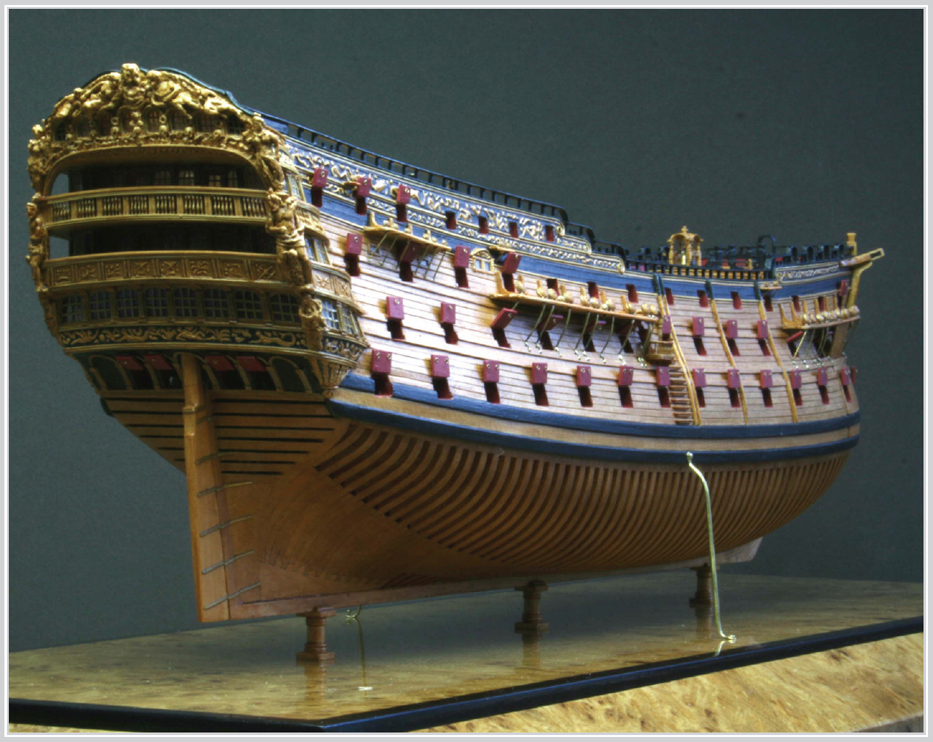
Copyright Philip Reed 2009
This edition first published in Great Britain in 2013 by
Seaforth Publishing,
Pen & Sword Books Ltd,
47 Church Street,
Barnsley S70 2AS
www.seaforthpublishing.com
British Library Cataloguing in Publication Data
A catalogue record for this book is available from the British Library
ISBN: 978 1 84832 186 1
EPUB ISBN: 978 1 47382 682 3
PRC ISBN: 978 1 47385 017 0
All rights reserved. No part of this publication may be reproduced or transmitted in any
form or by any means, electronic or mechanical, including photocopying, recording, or
any information storage and retrieval system, without prior permission in writing of both
the copyright owner and the above publisher.
The right of Philip Reed to be identified as the author of this work has been asserted by
him in accordance with the Copyright, Designs and Patents Act 1988.
Typeset and designed by Mousemat Design
Printed in Singapore through MRM Graphics Ltd
 Contents
Contents







 Foreword
Foreword
I n this, his third, book, Building a Minature Navy Board Model, Philip Reed carefully takes the reader through the process of his approach to the minature replication of a late seventeenth-century Navy Board ship model. His 1/16in = 1ft (1:192) scale model of Royal George not only exemplifies the traditional skill of past artisans but, in my professional opinion, raises the bar by crafting a detailed model at one-quarter of the normal scale (1:48 or 1/4in = 1ft. Mr Reeds finished extreme miniature model of the British three-decker Royal George is an astonishing work and will no doubt inspire present and future modellers to emulate his methods. Without question, this model not only perpetuates his international celebrity in this genre, but now places him in a realm of his own.
Among avid modellers there is a widely held consensus that the construction of a replica Navy Board style ship model is one of the most difficult endeavours that a modeller can undertake. I often call them the ship modellers model. The structural elements of such period ship design are complex, and to successfully produce the required exposed framing, full interior arrangements, metal smiting of armament and fittings, and the usual extensive carving and painted decorative elements appears a daunting task. However, in this book, the author offers a detailed photographic sequence and a well written text that provides the reader with his step-by-step method. There is no other book that so superbly covers the unique construction progression in a clear, complete, and unpretentious manner.
In this day of the overwhelming popularity of contemporary and modern art, often produced very quickly and with materials that will not stand the test of time, it is a joy to know that someone so artistically talented has committed himself to such a traditional art form and is willing to openly share his knowledge and techniques with his fellow modellers.
I have had the honour to represent Philip Reed and his extraordinary work for the past twenty years and can personally attest to his utmost diligence in investigating and obtaining only the most authentic information about his model subjects. Building a Miniature Navy Board Model is a must-have for either the amateur or professional ship builders library.
Michael Wall
Director of the American Marine Model Gallery
 Introduction
Introduction
A childhood visit to the National Maritime Museum at Greenwich was my first introduction to the world of ship models, and it had a profound effect on me. The models that so imprinted themselves on my memory were the Navy Board models of the seventeenth and eighteenth centuries. I have such clear memories of the complexity of the exposed frames and the brass cannons peering through their ports, probably because of my childs view, looking up at most of them, and having only occasional views of the decks when lifted up. So the model of Royal George, which forms the core of this book, marks for me something of coming full circle, of finally building a three decker, a project that was put on hold until my semi-retirement from professional modelmaking when I would have the time to devote to such an absorbing task. It is, however, probable that I would never have embarked on the building of miniature Navy Board models had it not been for the inspiration received from the books and work of Donald McNarry. His models in general had a huge influence on me but it was particularly his miniature Navy Board work that had the greatest impact and his support when building some of my early efforts was invaluable. The method I used for the framing on Royal George was pioneered by him, and this framing technique is described by him in various issues of the British journal Model Shipwright.
Navy Board Models
What are Navy Board models and what are their distinctive characteristics? At the simplest level, the archetypal examples are those part-planked, framed ship models of naval vessels, built approximately in the hundred years after 1650, which have their frames exposed below the wale and have, as their crowning glory, the most detailed and beautifully crafted decoration. Few were rigged. There is, however, much more to them than this, and though our knowledge of their purpose and their creators is hazy, there are significant characteristics that set them aside from other types of ship model and make them highly collectable and an attractive proposition for the modern ship modeller.
Navy Board is not the only term by which they are known. They are often described as Dockyard or Admiralty models and these different names give us some clues about them. Dockyard suggests their provenance and perhaps hints at their purpose, while the terms Navy Board and Admiralty allude to their recipients, for it is our understanding that many were commissioned by these boards. Today, Navy Board is the commonly used term and is the one we shall use throughout the book.
Next page
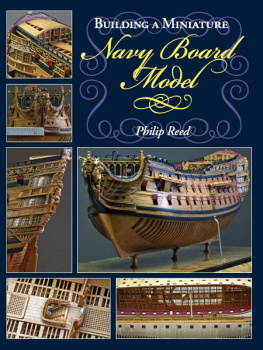

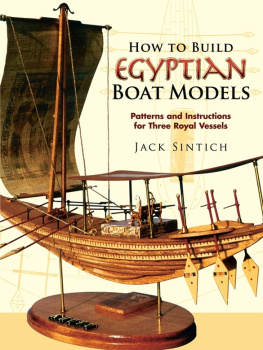

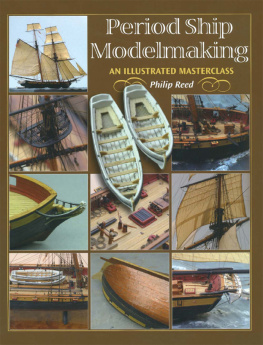
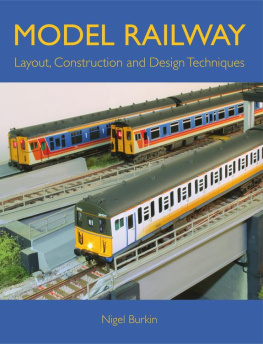
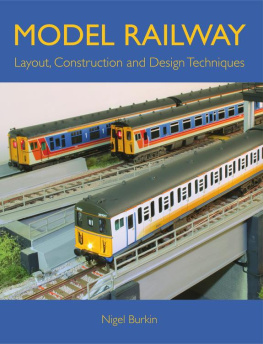
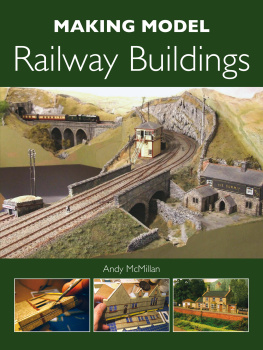

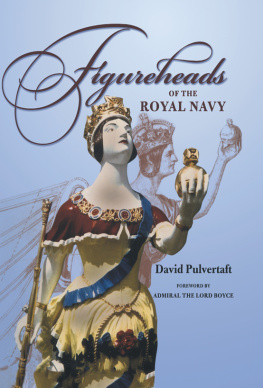
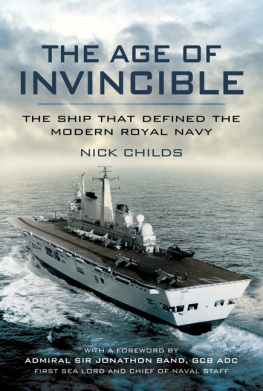


 Contents
Contents
